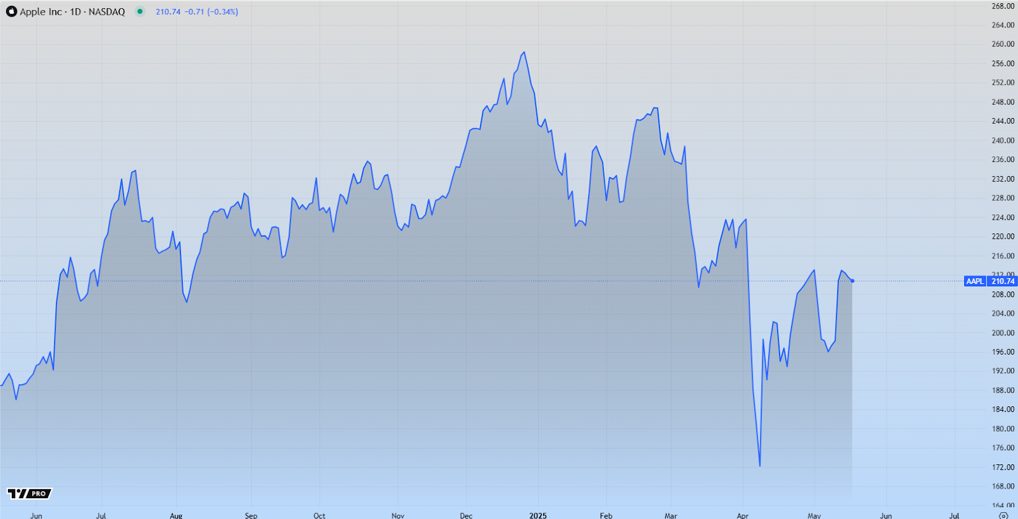Over 90% of marketers feel confident they’re investing in programs that influence revenue. If you’re not adjusting your campaigns, however, your ROI won’t improve. In order to make informed adjustments, you need to track these marketing metrics.
Tracking these metrics will help you improve your marketing strategy over time. As your ROI improves, you can develop new campaigns to reach even more customers.
Grow your business by tracking these metrics!

1. Cost Per Acquisition
The cost per acquisition (CPA) indicates how much you spend to gain a new customer. Your CPA may vary based on the time of year, marketing channel, or campaign.
Your overall CPA can indicate how successfully you utilize your marketing budget. You can also review your CPA between channels to determine which ones attract the most customers.
To measure your CPA, divide your marketing spend by the number of customers (conversions) acquired.
You can monitor your CPA in conjunction with your customer lifetime value (CLV). Comparing these metrics can indicate your company’s future profitability.
When reviewing your campaigns, look at your cost per lead (CPL) as well. The CPL indicates the dollar amount of each new lead generated. This metric can help you track your ROI, adjust your budgets, and create better marketing goals.
Your CPL equals the total dollar spent on your marketing campaigns divided by the number of new leads generated in a given time.
2. Customer Lifetime Value
The CLV is the total dollar amount a single person is projected to spend from their first purchase to their last. You’ll calculate the CLV based on:
- Your pricing model
- Potential upsells
- Forecasting data
To calculate the CLV, multiply the average customer value by the average customer lifespan.
3. Conversion Rate
Your website conversion rate indicates how often consumers complete a desired action. For example, you can measure:
- Form submissions
- Free trial sign-ups
- Consultation bookings
- Phone calls
You’ll need to measure your conversion rate for each inbound marketing campaign. You can review Adobe’s guide to inbound marketing to learn more.
If you’re not generating conversions, consider adjusting your landing pages or call to action language. Make sure it’s easy for visitors to complete the desired action. For example, a form with too many fields could cause potential customers to give up before they submit the form.
When developing your marketing strategy, have a goal and key performance indicator (KPI) in mind ahead of time. Tracking KPIs will help you determine if you’re accomplishing your goals.
Start Tracking These Marketing Metrics
Tracking these three important marketing metrics will allow you to analyze the results of your campaigns. Use this data to optimize your campaigns for better results. In time, your ROI will rise, enabling your business to grow.
Set your business up for success by tracking these metrics today.
Searching for more tips? You’re on the right blog.
Explore our latest articles for more helpful tips and advice.





